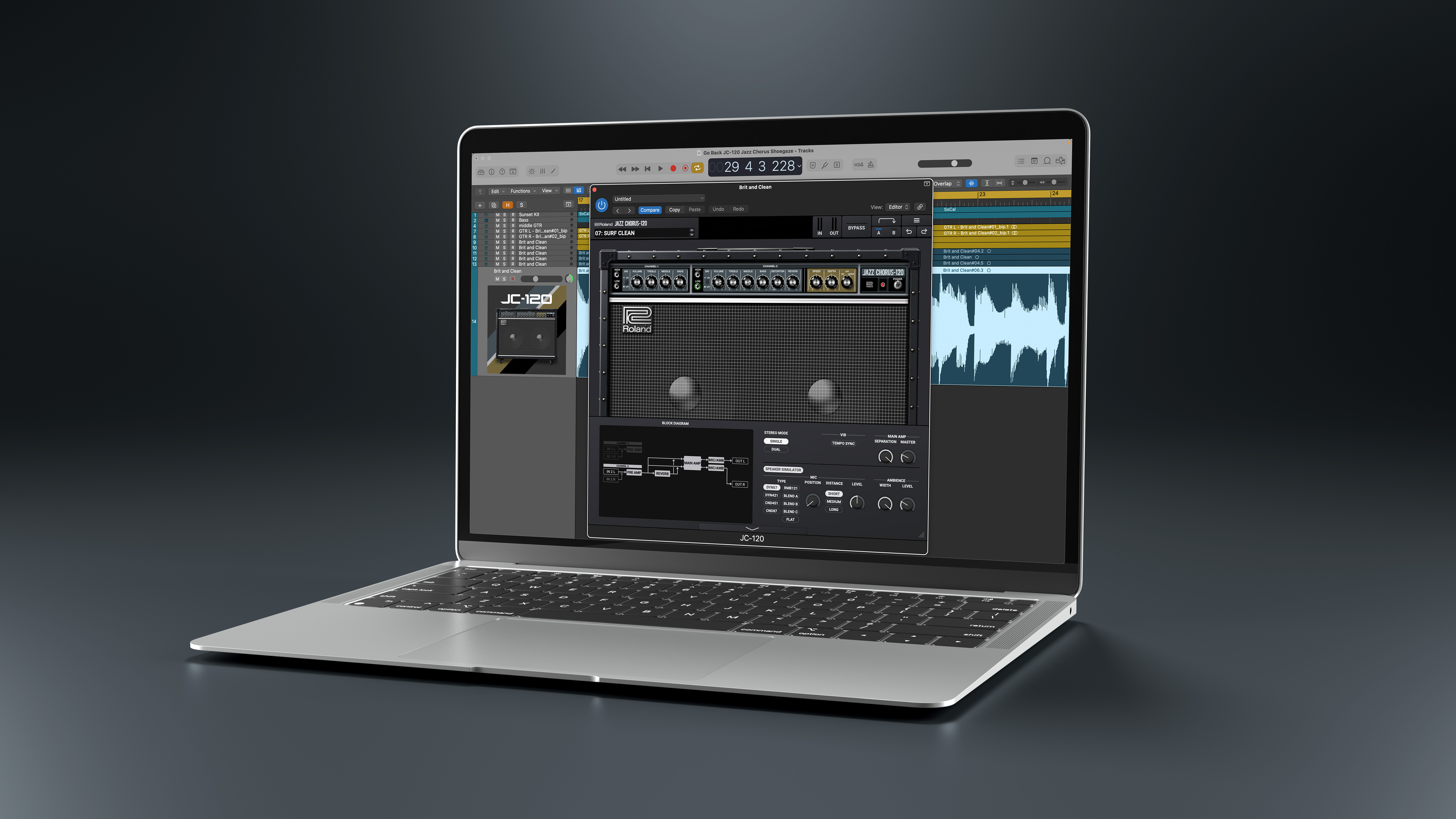How we test music making gear and services at MusicRadar
Why our music gear reviews and buyer's guides are the ones to trust

MusicRadar tests a mountain of music making products every year, producing reviews of everything from electric guitars and acoustic drum kits to synths, software and high-end recording equipment. The one thing that links them all is our rigorous approach to testing.
Our testing mission is simple - to help you make the best buying decision, finding the right gear, at the right price, to make the best music you can.
We curate our buying guides with the products that best fit that category, and we run regular head-to-head articles to help you decide between the biggest, most popular models in specific categories. But most of all, we write in-depth reviews to give you all the information you need on the elements that matter to you when you’re investing in any gear.
Most importantly of all, our reviews process is entirely independent and free from commercial considerations. We never take money to publish reviews or for review ratings, so you can be assured that the opinions in the reviews are 100% genuine.
Our reviews team - experienced, expert musicians
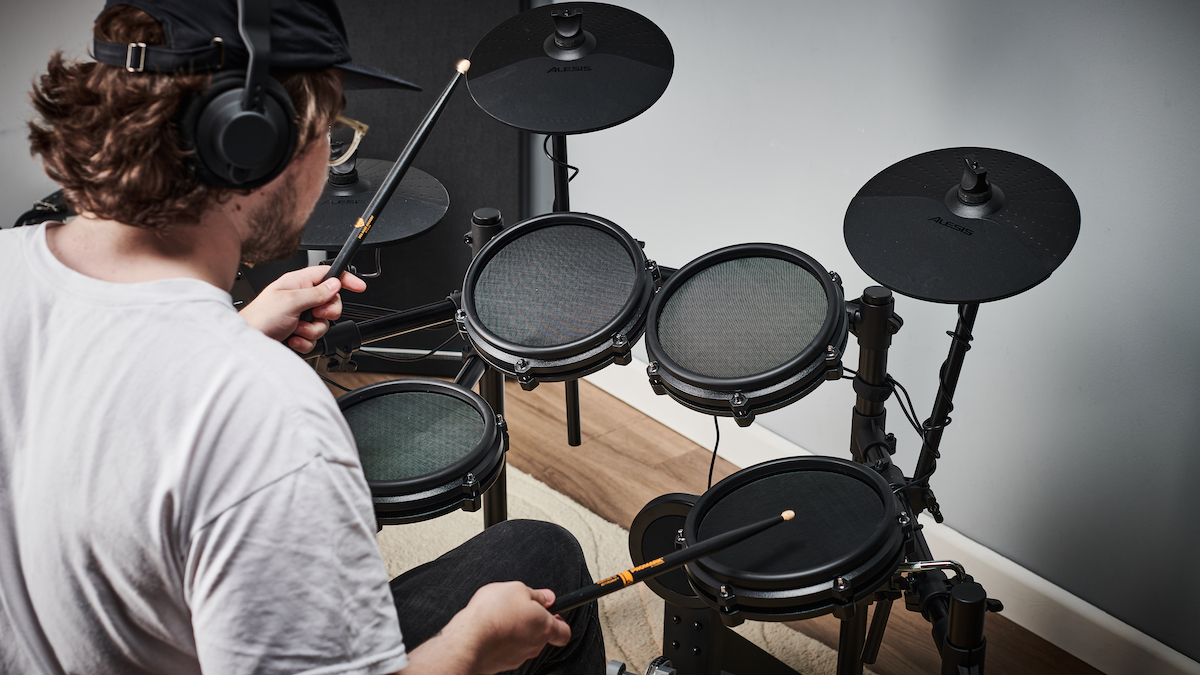
Our editors and writers are all experienced musicians, and experts in their fields. They have a deep understanding of the categories that they cover. This means that when it comes to reviewing products, they have usually already reviewed the previous version and all its competition.
We pride ourselves on the independence, quality and reliability of our testing processes and the reviews it produces. It’s what has made us the world’s leading music making publishing company. You can find more details on how we test some specific key product categories below, but the principles apply across the board, rigorously assessing build quality, functionality, playability and, of course, sonic performance.
Our testing team includes:
Get the MusicRadar Newsletter
Want all the hottest music and gear news, reviews, deals, features and more, direct to your inbox? Sign up here.
Expert reviewers with years of hands-on experience testing and owning all manner of musical gear, from electric guitars and acoustic drum kits to synths, software and high-end recording equipment.
Industry professionals who have worked in the music gear industry for decades, including across many of our world-leading music making brands like Guitarist, Total Guitar, Guitar World, Electronic Musician, Future Music and more.
How we test electric guitars
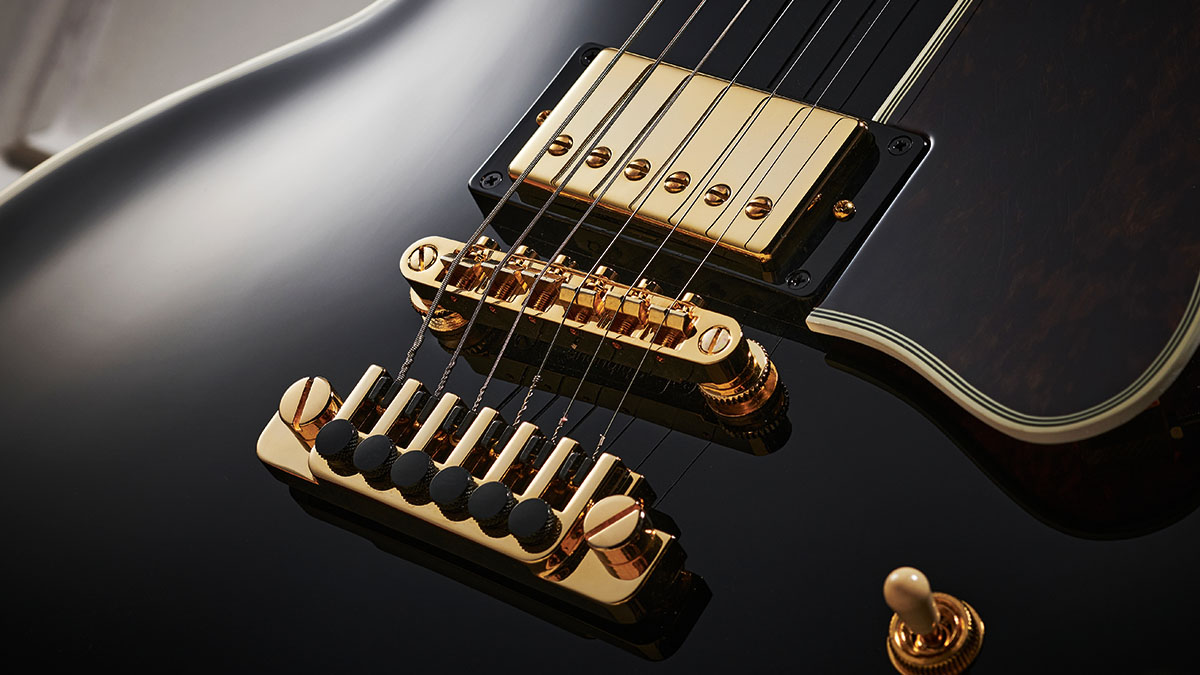
As electric guitars are very subjective instruments, we must put our personal preferences aside in order to test them fully. Any electric guitar we get our hands on, whether it costs $100 or $10,000, must meet a certain set of criteria before we recommend it to you.
When we receive a new electric guitar, the first thing we do is check the build quality of the instrument. We check every area of the guitar, making sure that it feels strong, sturdy and well put together. If the guitar has a bolt-on neck - such as a Stratocaster or Telecaster - we’ll take some time to make sure that this joint is tight and that everything fits as it should.
We also look over the hardware of the guitar - most notably the tuners, electronics and bridge. This is to make sure that the tuners move smoothly, and that they offer a suitable amount of resistance. We’ll check the volume and tone pots to make sure they move as they should, and we’ll check the bridge and saddles to make sure there are no flaws, sharp edges or fitment issues. If the guitar has a tremolo, we’ll check that the action of the tremolo isn’t too soft or too difficult to use, too. At this point, we’ll also look over the finish of the guitar and make sure there are no flaws, and that the finish of the guitar suits the price point of which it sits at.
We’ll then put the guitar through its paces with a playing test. For this test, we’re looking specifically at how the guitar plays straight out of the box - as this is the most common playing experience that someone who buys a guitar online would have. We’re checking to see how comfortable the neck is in our hand, but also how well the neck and frets are finished. We’re looking out for sharp fret ends and any frets that are taller than the others, but also looking for any intonation issues or truss rod issues. Does the guitar need another setup, or is it playing the best it can already?
Finally, we test to see how the guitar sounds. This is, again, pretty subjective, but usually a manufacturer will design a guitar to have a specific sound and purpose. We check to see not only whether the guitar lives up to the manufacturer’s intentions, but also whether it has any other tricks up its sleeve. We’ll always test an instrument to its strengths first of all, but we like to test them in a range of musical scenarios and styles to see what they can do.
How we test guitar amps
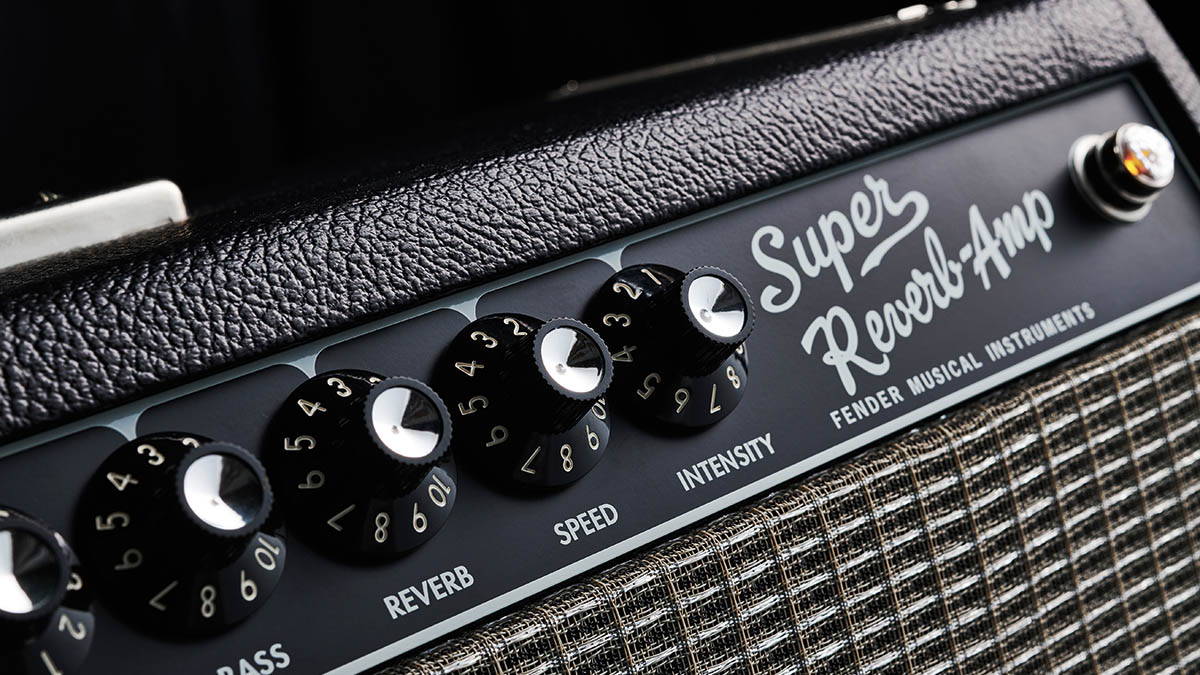
When we test any of the best guitar amps, it's important that we test them in a way which is relevant to their intended use. All amps come in different shapes and sizes, and there's no use testing an amps highest volume and projection if it's designed to be used as a practice amp.
One thing we always test, however, is the build quality. This check comes first, and we take a look at how well the amp is made, how strong and sturdy it is, and how the dials and controls feel. They should have a smooth action with a small amount of resistance.
When it comes to testing out the tone of an amp, we start with every EQ and tone-shaping control in the middle. If the amp has multiple channels, we'll start with the clean channel and work our way through to the highest gain option. We'll then start tweaking the EQ as we would if it were our own amp, pulling out some of the best tones. While doing this, we'll pay attention to the sweep of the EQ, making sure there are no dead spots or big jumps from one setting to another.
We then check any extra features the amp may have. Emulated outputs, onboard attenuators, effects - they all get tested to see how they fare.
How we test effects pedals and multi-fx pedals
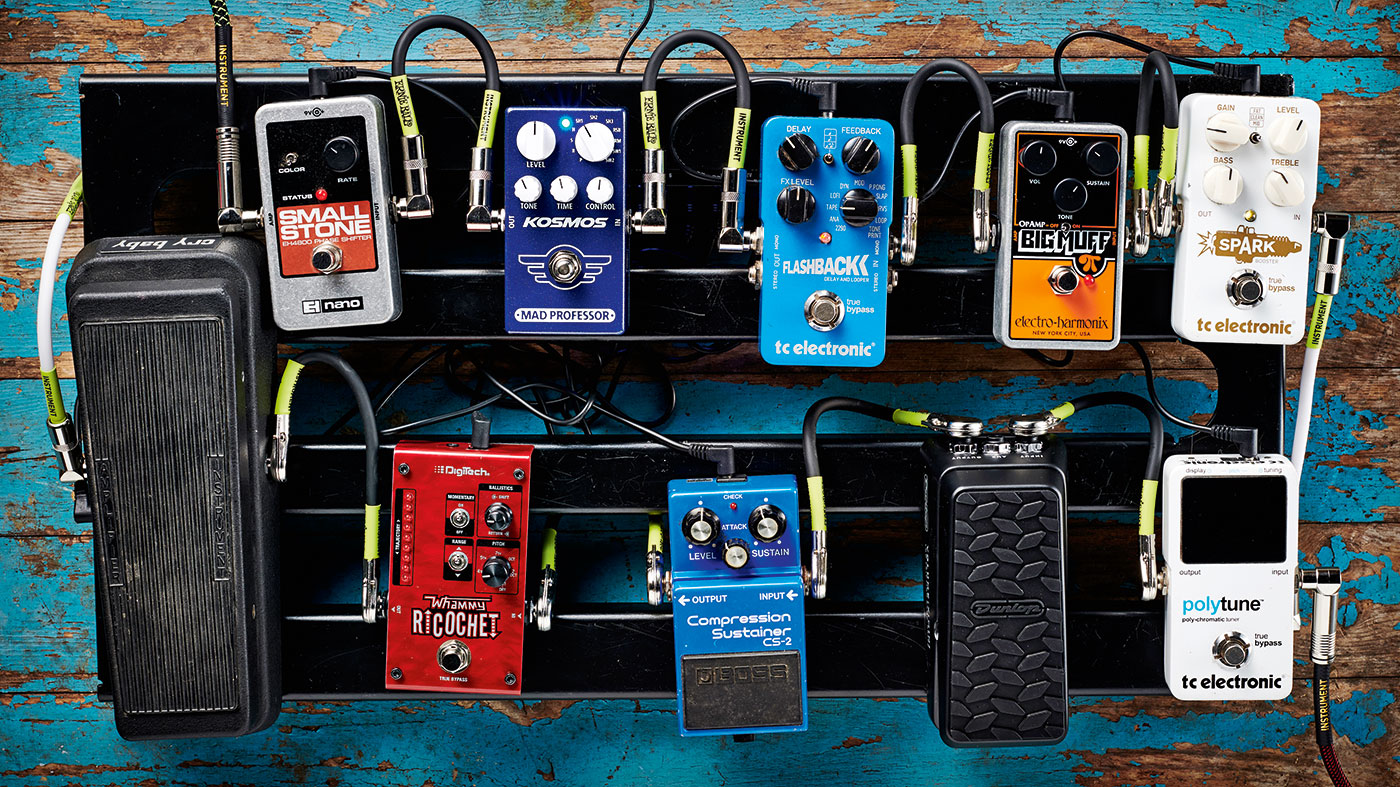
Testing out a single or multi-effects pedal is a fairly straightforward procedure, and similar to testing a standalone stompbox. Although the quality of pedals is subjective - like many pieces of musical equipment - there is a set of criteria that every pedal should meet before we recommend it to anyone.
We'll first start with the build quality of the enclosure, controls and footswitch. Pedals are designed to be stood on, so we need to ensure that the enclosure and footswitch feel robust, solid and able to withstand being stamped on. We then check the quality of the dials, making sure that they have a smooth action with enough resistance to reduce accidental movement.
We also check to see how well spaced out and easy to use the footswitches are. We'll also check the expression pedal if there is one, and make note of its action and usability. Multi-effects pedals are here to make your lives easier, after all.
We then test the pedals sonically, and much like our amp testing procedures, we start with every dial in the middle '12 o'clock' position. We then tweak each dial towards a tone we would usually go for - and make sure that we experiment with the full range of sounds on offer. We'll then check any amp or effect emulations or presets. We'll cycle through those, while editing a few as we go to see how easy the process is (or isn't).
How we test electronic drum sets
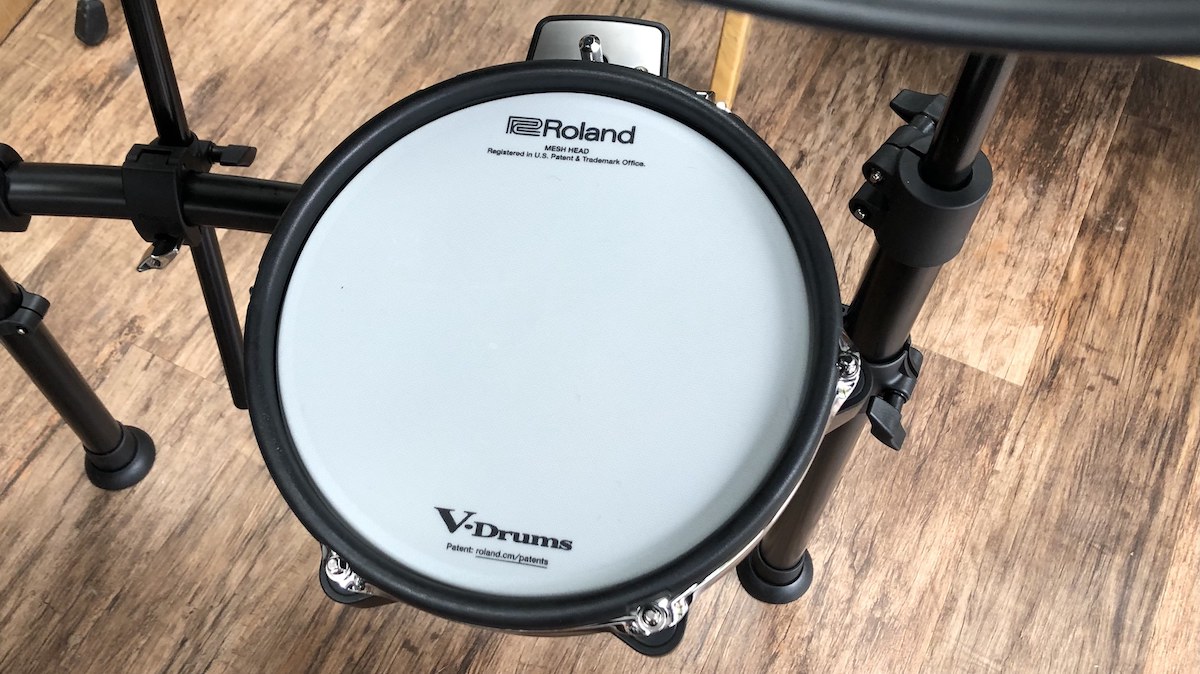
The MusicRadar electronic drum set review process is editorially independent and not influenced by any third parties. Our review samples are almost always sourced directly from the manufacturer or via a local distributor. Sometimes review samples are supplied by retailers.
Our expert e-kit testers use each featured kit for at least two weeks, evaluating the instrument in the following categories:
This enables us to produce accurate, well-balanced and real-life electronic drum set reviews to help you easily figure out whether the kit you’re interested in really is the best choice for you.
Our testing criteria in detail:
Ease of use/setup: How easy is the kit to construct out of the box? Once built, how easily can the kit be adjusted to fit the setup needs of the average drummer? Is the module user-friendly?
Sounds: What level of quality are the supplied sounds? We’re not necessarily looking at quantity here. A large number of sounds is often an attempt to cover up a lack of quality. We’re also looking at the variety of sounds on offer, and the level of editing functionality for those sounds.
Build quality and durability: Here we assess the physical feel of the pads/cymbals and the response of the playing surfaces. Are the components - such as wing screws, cymbal arms, ball and socket joints, module mounts - of an adequate quality and designed to last?
Connectivity: How easy is it to connect pads to the module? Is there an opportunity for expansion with more pads? Is there also USB/MIDI connectivity for recording?
Features: What additional features come complete with the kit or module and how well do they work? For example, many e-kits now feature Bluetooth connectivity, but how reliable is it and how easy is the connection process? Is it possible to add your own sounds to the module? If so, how easy is this process?Audio interfaces are essentially devices designed to record audio into your computer DAW, and play it back out. The key factors when testing them are how easily they do this and the level of audio quality they are capable of delivering while doing so.
How we test audio interfaces
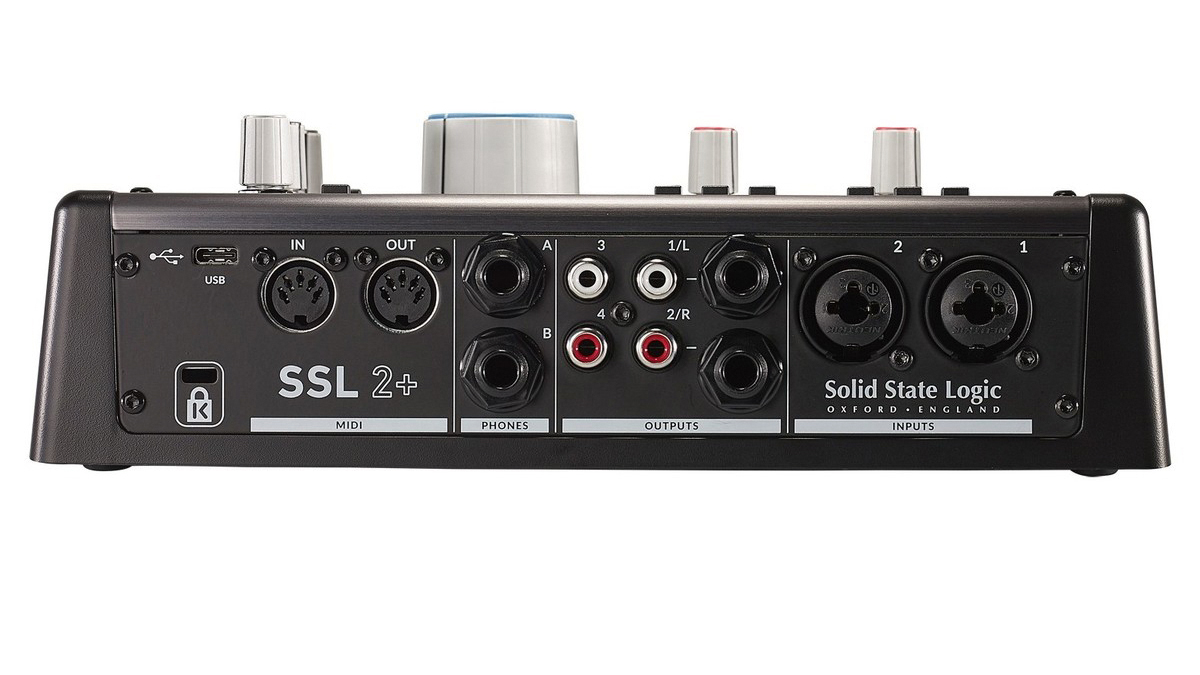
Many audio interfaces are 'plug n play' so will automatically be picked up by your computer and DAW when you first connect them, so setting up should be easy. Your DAW should then list all of the audio interface's physical inputs and outputs, often as selectable options on its input and output channels.
Sound quality is determined by an interface's A-D/D-A convertors, sample rates and frequencies quoted in their specs (24-bit/96kHz, for example). We test for sound quality by recording several sources via the interface's mic and line inputs, and judging the playback quality against that expected from the specs. We also compare the same material recorded with our reference audio interfaces that we use on a daily basis.
Some audio interfaces come with extra bespoke software that lets you select input and output configurations and might also add other routing options or even effects. How easy this extra software is to use is also an important factor.
We also consider latency when testing interfaces. This is the time it takes for audio to go into and out of your computer DAW via the audio interface. If this is slow, the latency figure is high so can result in a delay between you playing a note and then hearing it. This is obviously not practical if you are recording some playing and attempting to be in time with your DAW playback.
For more detail on our methodology, visit our dedicated how we test audio interfaces page.
How we test synthesizers
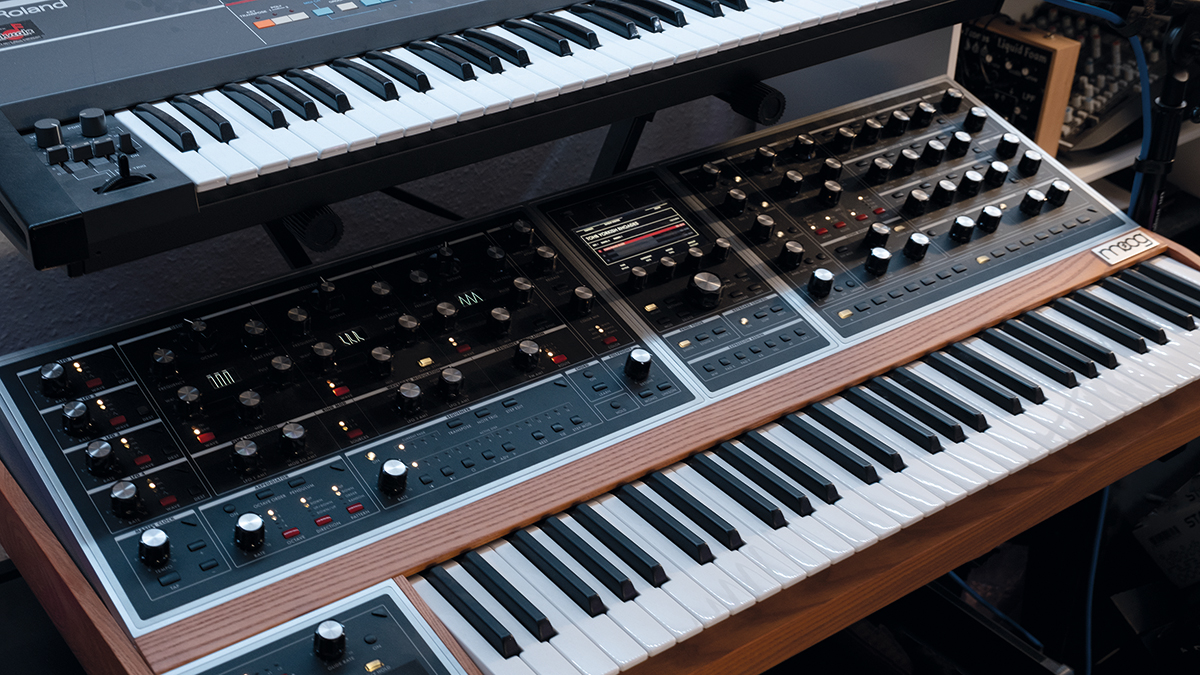
Synthesizers are obviously many and varied but they do have several key qualities, the most important being their sound and what you can do with it – and indeed how simple this is in operation. The sound of all synthesizers is defined by their sonic architecture and a very good indication of what this can deliver will be demonstrated via their presets. These are obviously a good place to start when testing a synth, and how varied and useful these are will define a synth's overall character.
How you can alter presets or create your own sounds with a synth's hands-on controls is the next big consideration; synthesizing a sound is what synths are designed to do so how easy this is to do is obviously very important. We look at this in terms of the signal flow and then the number of controls you get or whether you have to navigate through layers of menus to make parameter changes. The more hands-on and easy it is to make dramatic sonic changes, generally the better.
Then there are extra sonic exploration features like modulation. This is super important in terms of sonic flexibility and is largely about how many parameters on your synth can be modulated by other parameters – your mod wheel, LFOs and more – so you can shape the sound further and perhaps introduce more movement into your sound.
Then there are other sometimes optional but very useful features like an arpeggiator (where multiple note patterns can be triggered with a single note press), a sequencer (where defined note patterns can be programmed) or effects. Effects are very useful to add instant atmosphere (reverb), delays, thickening chorus, distortion and more to a sound, very often changing it as much as any on-board synthesizing options.
Overall ease of use can be tested with all of these factors, but it is the sonic flexibility – how deep, high, dynamic and dramatic a synthesiser can sound – which is perhaps the key overall impression any synth can make.
How we test a digital piano
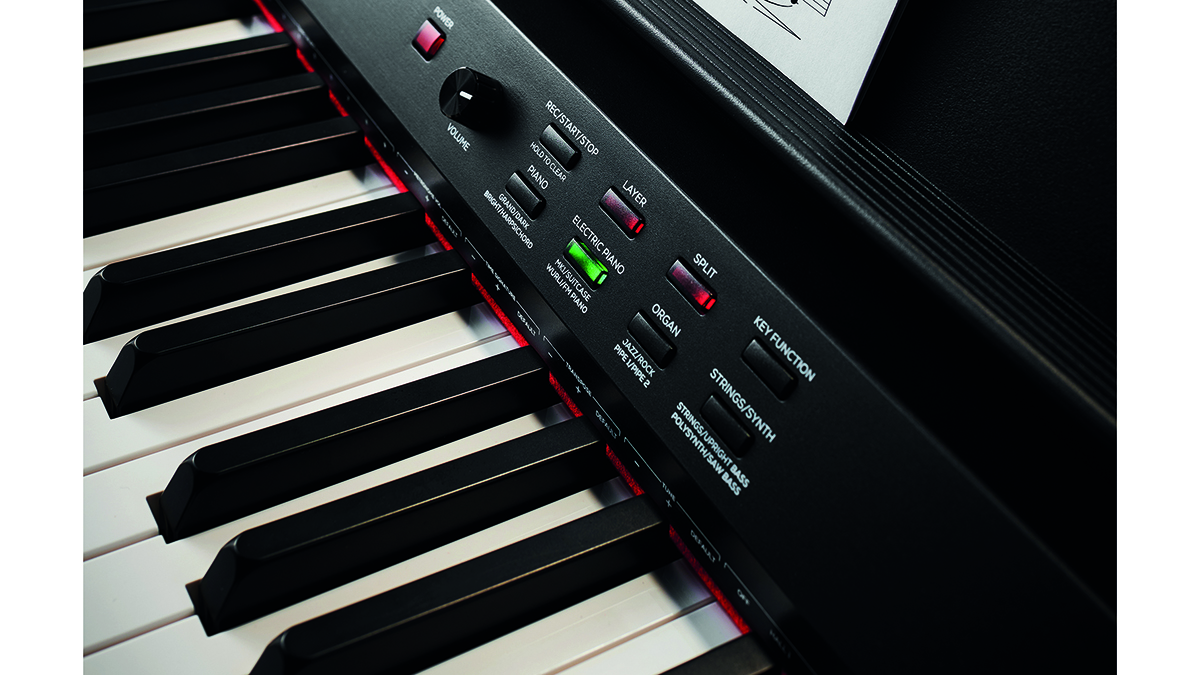
It's essential that we put the instruments through several tests to ensure they are worthy of being included in this guide to the best digital pianos. There are so many digital pianos on the market, and only the instruments we rate highly will make it on the list.
The first test - and most important for us - is how the piano feels to play. This is, of course, a combination of the key action as well as the feel of the physical key. To test the key action, we'll first play the piano at various dynamics - and musical styles - to see how the instrument responds. A good digital piano should feel as close to an acoustic piano as possible and most definitely not like a keyboard.
This goes hand in hand with the texture of the keys themselves. The best digital pianos go out of their way to recreate the feel of real ivory and ebony, resulting in a more authentic playing experience.
Next up is the sound. We will carefully go through the list of inbuilt voices while paying close attention to the frequency range of the speakers. A real piano produces a massive range of tones, from extreme lows to fierce highs, and while a digital can't recreate this perfectly, we should be getting close with today's technology. It's also important to try the piano via headphones, as this is how many players will practice.
Lastly, we will go through any extras included with the piano. The pedals, audio outputs, MIDI compatibility and any accompanying app are all tested to see how they compare to the rest on the market at the respective price points.
We test beginner keyboards, too. Here's a full break down of our beginner keyboard testing methodoloy.
MusicRadar is the number one website for music-makers of all kinds, be they guitarists, drummers, keyboard players, DJs or producers...
- GEAR: We help musicians find the best gear with top-ranking gear round-ups and high-quality, authoritative reviews by a wide team of highly experienced experts.
- TIPS: We also provide tuition, from bite-sized tips to advanced work-outs and guidance from recognised musicians and stars.
- STARS: We talk to musicians and stars about their creative processes, and the nuts and bolts of their gear and technique. We give fans an insight into the craft of music-making that no other music website can.

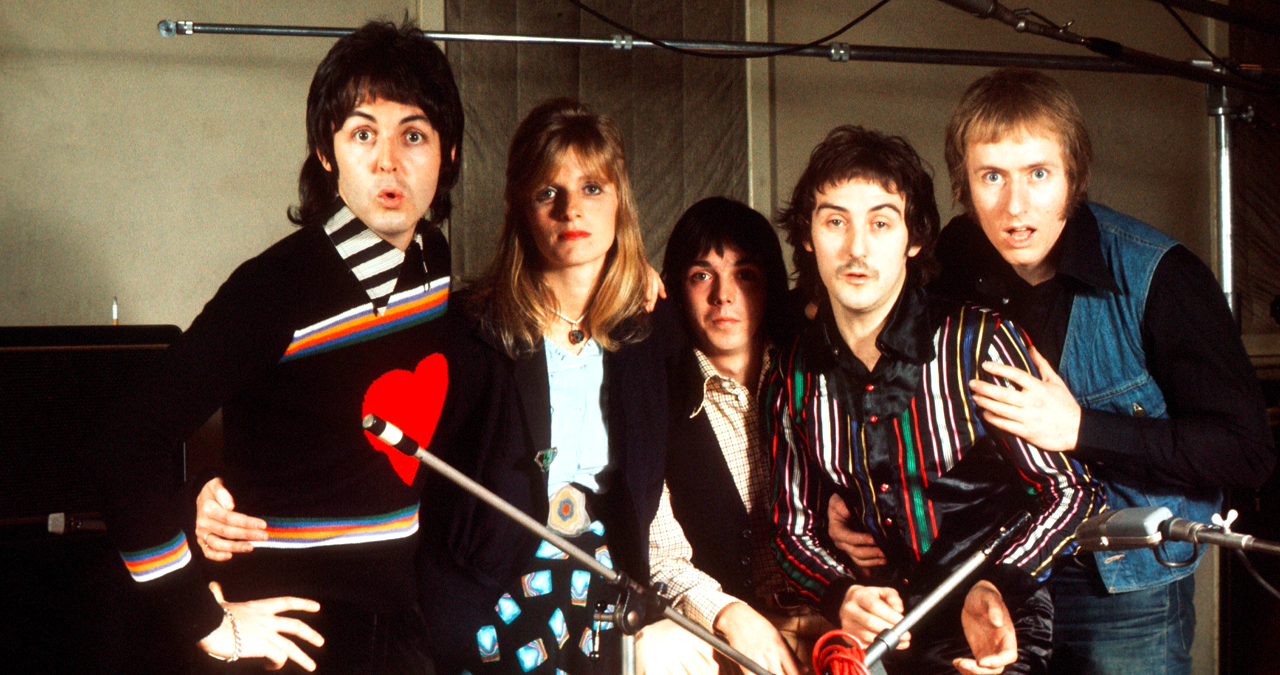

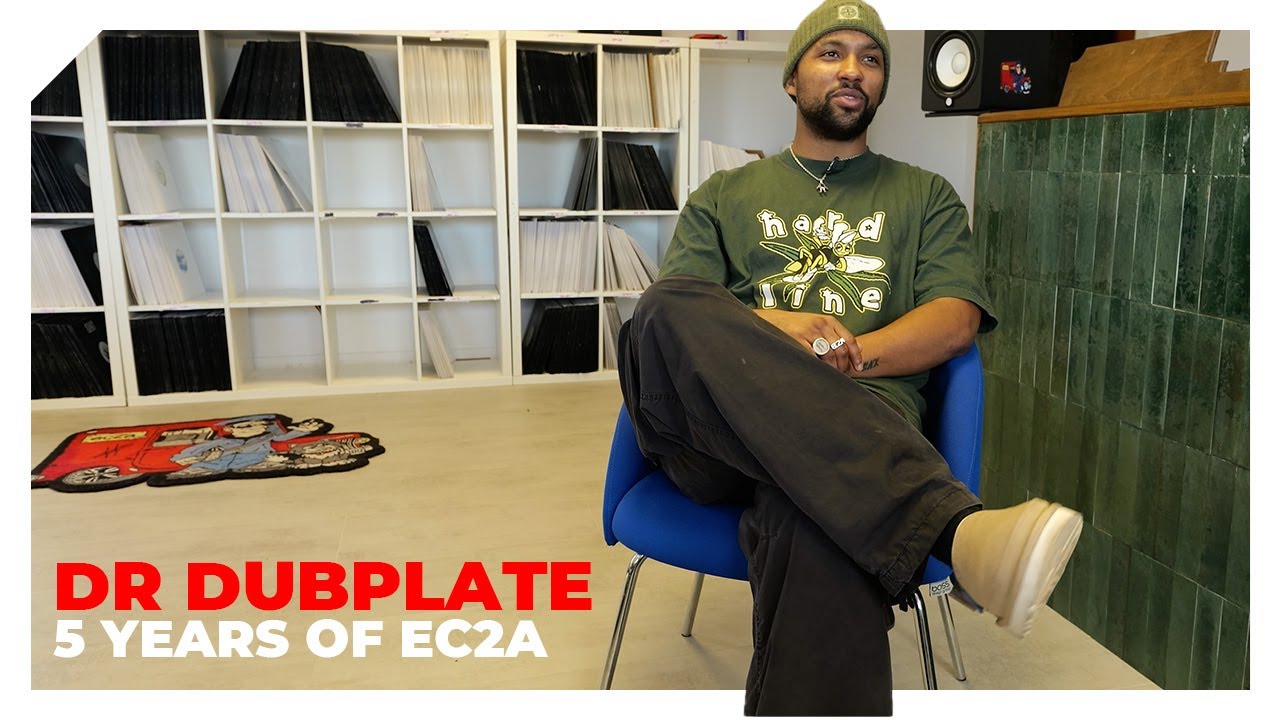


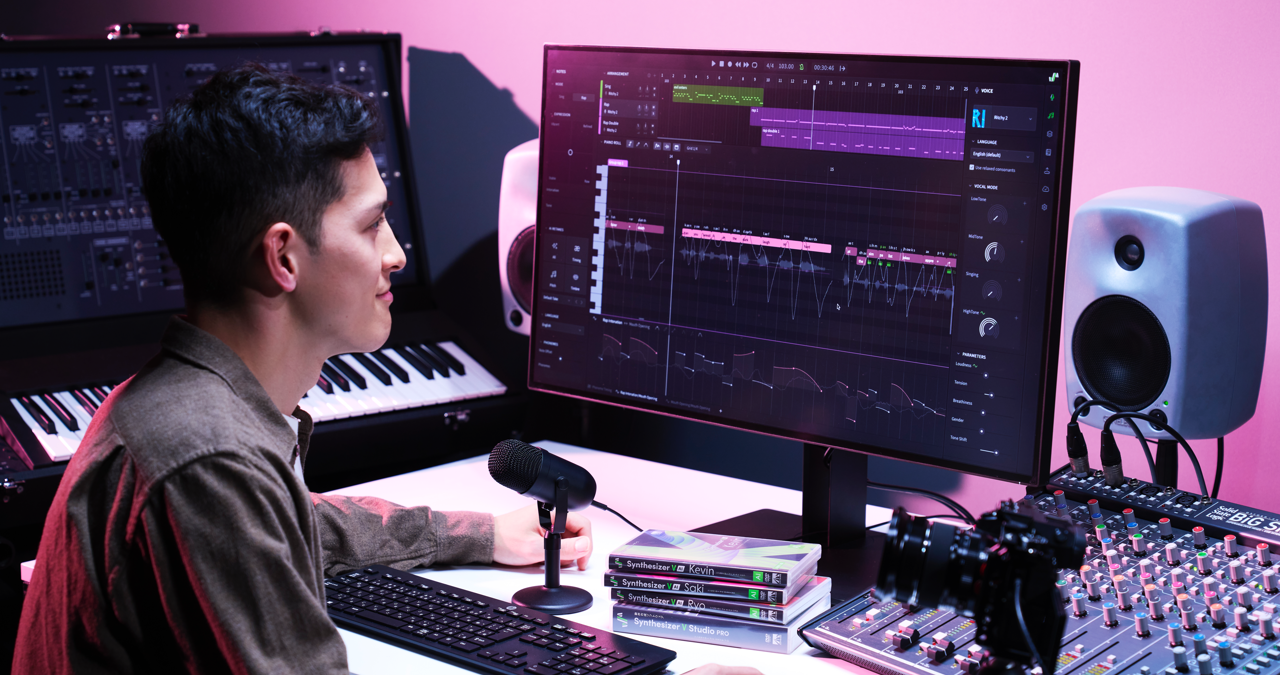

![James Hetfield [left] and Kirk Hammett harmonise solos as they perform live with Metallica in 1988. Hammett plays a Jackson Rhodes, Hetfield has his trusty white Explorer.](https://cdn.mos.cms.futurecdn.net/mpZgd7e7YSCLwb7LuqPpbi.jpg)
